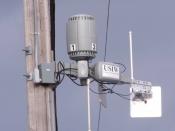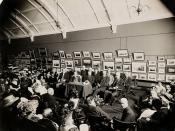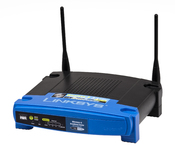One of the hottest topics within the information technology field is the term wireless fidelity or "WiFi" for short, and their bandits. Although WiFi is available, free of charge at local "hot-spots", the drastic drop in price for the newer models of wireless products is allowing wireless network to be installed in our homes. Since not everyone is so willing to share his or her networks as a "hot-spot", some individuals are now coming to realize, with wireless networks comes susceptible security attacks. However, who is to blame; the homeowner, the manufacturer of the wireless router, or should the blame placed be solely on the intruder? If a homeowner fails to change the default security setting, as stated in the instruction manual, on a newly purchased wireless router, then the open-air waves should be allowed access from their neighbor's private home free of charge and without penalty.
The two most popular versions available for the home are the 802.11b
and the newly created 802.11g (Mitchell, n.d.). These two models are virtually the same; however, the "g" version does allow for five times the greater broadcast as well as five times the greater bandwidth support for a slightly greater cost. The farther outside the home the signal reaches, the greater possibility for an outsider to access the network will increase. For someone who wants to limit his or her broadcast range, many of the new wireless routers let the homeowner adjust the signal strength and some will allow for directional antennas to be adjusted to the direction best suited for proper signal direction (Karagiannis, 2003). Along with signal direction, another important aspect is the location of this device. To minimize radio frequency leakage outside of the home, install the router as far away from any exterior walls and windows as possible.



Great
Very nice, infomative essay.
1 out of 1 people found this comment useful.